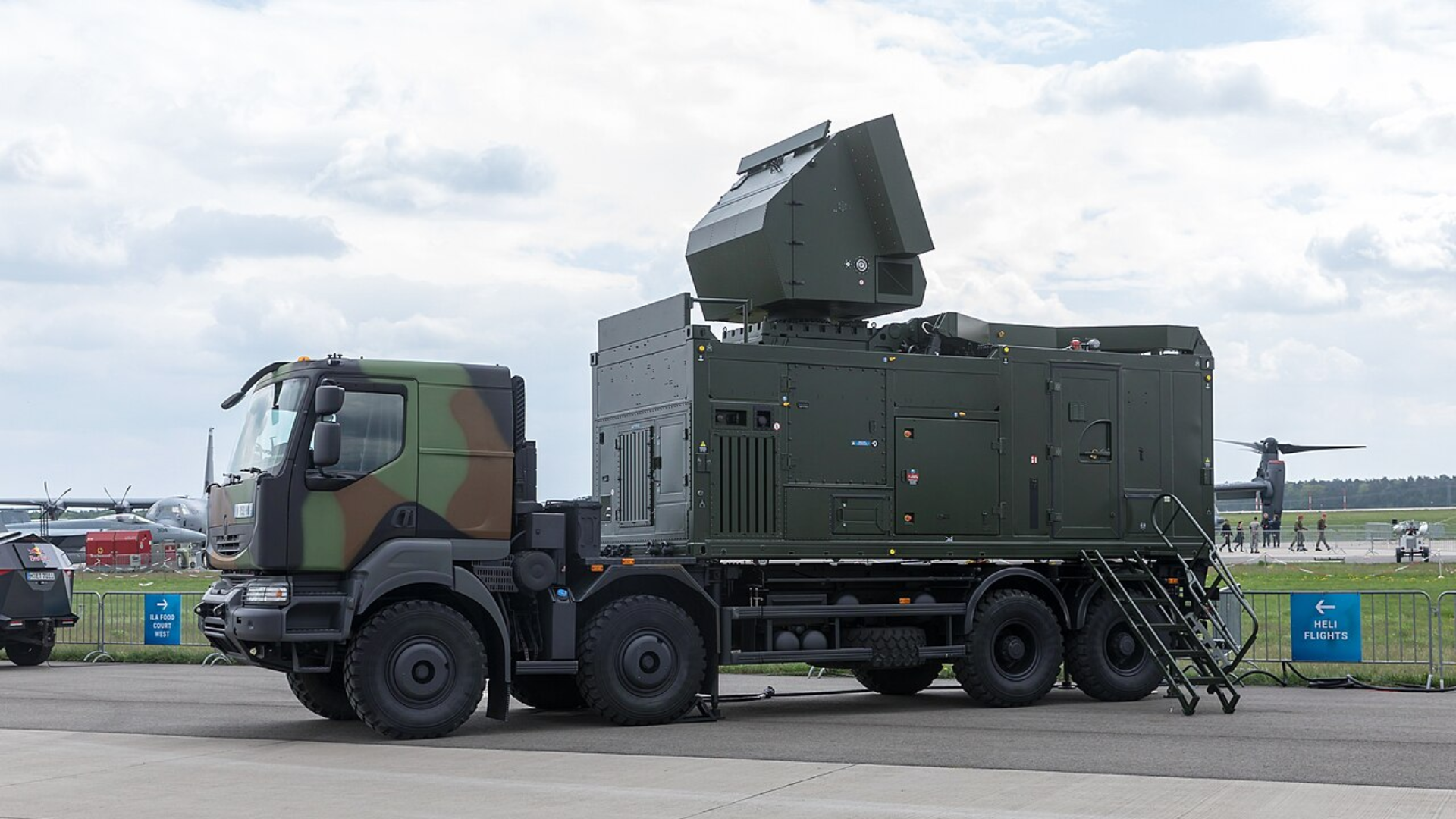
The European Commission just threw down €49 million ($53 million) on a wild idea called the Land Tactical Collaborative Combat (LATACC) project.
They’re aiming to step up Europe’s defense game, bringing together a bunch of countries, companies, and brainiacs to make land combat systems talk to each other.
Thales is leading this circus, with 34 other players from 13 European nations in tow. They are trying to sync up the whole shebang—from boots on the ground to satellites in the sky.
The Mission: Enhancing Decision-Making in Combat
The big talk is about speeding up decisions in the heat of battle.
They want to be the cool cats who can quickly call the shots when things get dicey.
It’s all about being the top dogs on the battlefield, whether you’re in a tank, on foot, or flying something unmanned.
Thales, the ringleader, says LATACC is not just about tweaking what’s already out there; they’re pushing for new tech to join the party and play nice in a European sandbox.
The European Commission signed a Grant Agreement to launch the LATACC project (Land Tactical Collaborative Combat) coordinated by Thales to improve the collaborative capabilities of European coalition forces. https://t.co/CCn1PMOoKU pic.twitter.com/M9Es2c72uH
The European Commission just threw down €49 million ($53 million) on a wild idea called the Land Tactical Collaborative Combat (LATACC) project.
They’re aiming to step up Europe’s defense game, bringing together a bunch of countries, companies, and brainiacs to make land combat systems talk to each other.
Thales is leading this circus, with 34 other players from 13 European nations in tow. They are trying to sync up the whole shebang—from boots on the ground to satellites in the sky.
The Mission: Enhancing Decision-Making in Combat
The big talk is about speeding up decisions in the heat of battle.
They want to be the cool cats who can quickly call the shots when things get dicey.
It’s all about being the top dogs on the battlefield, whether you’re in a tank, on foot, or flying something unmanned.
Thales, the ringleader, says LATACC is not just about tweaking what’s already out there; they’re pushing for new tech to join the party and play nice in a European sandbox.
The European Commission signed a Grant Agreement to launch the LATACC project (Land Tactical Collaborative Combat) coordinated by Thales to improve the collaborative capabilities of European coalition forces. https://t.co/CCn1PMOoKU pic.twitter.com/M9Es2c72uH
— Simulation Training (@halldalegroup) January 18, 2024
Collaboration Across Borders: The LATACC Consortium
Over the next three years, Thales and its entourage of 34 partners will be locking themselves in a room, trying to make sense of this ambitious plan.
They’re a diverse bunch – like a NATO of tech geeks.
And they’re not just talking the talk; they’re bringing in systems from different European countries, creating a mixtape of land combat technologies.
Picture France’s Scorpion, Belgium’s CAMO, Germany’s DLBO, Spain’s BMS–ET, Italy’s FNEC, Sweden’s Ledningsstodsystem Mark, and Norway’s MIME – all in one big, messy collaboration.
“This initiative will define a European framework and tactical-level collaboration services to speed up innovation, enhancing interoperability between national programs as well as cooperations such as the future European tanks project, and will help to safeguard the sovereignty of European industry in the field of collaborative combat and the key technologies required to make the concept a reality,” the company explained in a statement.
Strategic Planning and Analysis by Thales
Thales isn’t just throwing spaghetti at the wall here.
They’ve got a game plan – analyzing what European forces need, studying how they operate, and figuring out how to make everything talk to each other.
It’s not just about making the current gear play nice; it’s about setting up a structure that can handle whatever the future throws at it.
It’s like building with Lego – making sure each piece fits, no matter where it comes from.
Tech is the name of the game here.
Land Forces gain a critical on-the-ground tactical advantage with collaborative combat.
Visit our website: https://t.co/DdAKb27Euo and discover the combination of manned and unmanned platforms whose capabilities are enhanced by their networking in a collaborative combat system. pic.twitter.com/wESUuQZjZX— Thales Defence (@ThalesDefence) November 25, 2022
Thales and its crew are bringing in cloud wizards, communication gurus, sensor nerds, integration specialists, robotics geeks, artificial intelligence (AI) wizards – you name it.
They aim to create something like the Avengers of land combat systems, each with unique powers but working together seamlessly.
Real-World Testing: From Theory to Battlefield
And it’s not just about creating these Frankenstein systems on paper; they’re taking it to the real world.
Trials under actual combat conditions are on the menu.
They want to see if this dream team of land combat tech can stand up to the chaos of a real battlefield.
It’s not just about theory; it’s about boots on the ground, bullets flying, and systems working as advertised.
The Road Ahead: Long-Term Goals and Potential Expansion
The €49 million isn’t just for a one-time shindig.
They’re thinking long-term – maybe even a second phase.
It’s like they’re saying, “Let’s see how this goes, and if it works, let’s crank it up a notch.”
They’re not planning on putting all their chips on the table in one go; it’s an evolving game plan, adapting to whatever curveballs the future throws.
Conclusion: A New Era of European Defense Collaboration
In the end, the LATACC project is like a big European powwow, with everyone bringing their A-game to the table.
With €49 million on the line, they’re not just here for a casual chat.
They’re out to change the game, reshape how European defense works, and maybe even set a new standard for collaborative warfare tech.
Keep an eye on those trials – that’s where the rubber meets the road.
If this thing works, it could be a game-changer for European defense, a new chapter in the playbook of collaborative warfare.
Only time will tell if this 49-million-euro gamble pays off.
